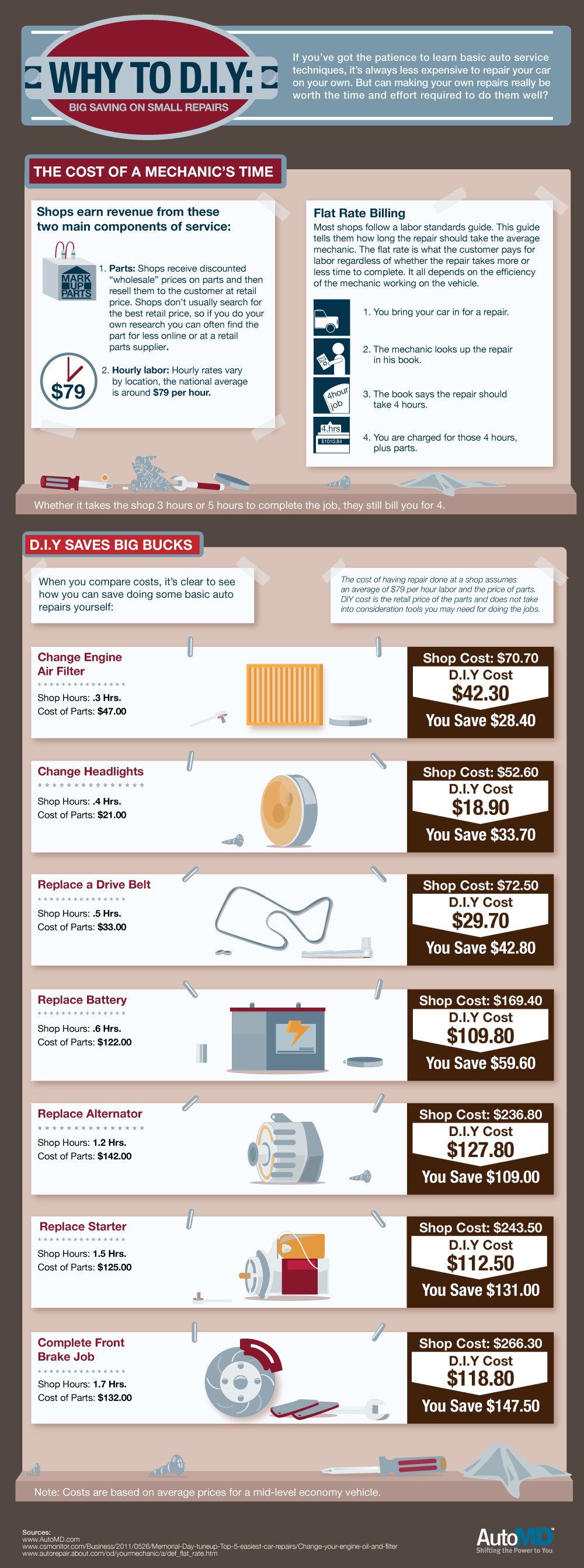Wondering About The Meaning Behind Those Dashboard Warning Lights? Gain Understandings Right Into Their Effects For Your Automobile'S Safety And Security And Maintenance
Wondering About The Meaning Behind Those Dashboard Warning Lights? Gain Understandings Right Into Their Effects For Your Automobile'S Safety And Security And Maintenance
Blog Article
Created By-Samuelsen Dalgaard
When you lag the wheel, those glowing warning lights on your control panel can be a bit perplexing. Do you recognize what they're trying to inform you about your automobile's health and wellness? Understanding just click the up coming site of these lights is crucial for your safety and security and the durability of your vehicle. So, the next time one of those lights turns up, would not you want to decode its message properly and take the necessary actions to resolve it?
Common Caution Lighting and Interpretations
Identify usual caution lights in your cars and truck and understand their definitions to make sure safe driving.
https://brakefluidprice06294.blogdun.com/30513318/master-the-art-of-transforming-your-auto-s-search-in-under-an-hour-with-beginner-friendly-suggestions-that-will-certainly-leave-you-amazed-your-quick-car-describing-option-waits-for of the most regular warning lights include the check engine light, which signifies issues with the engine or discharges system. If this light begins, it's critical to have your vehicle inspected quickly.
The oil stress cautioning light indicates low oil pressure, calling for prompt interest to prevent engine damage.
A flashing battery light may recommend a malfunctioning billing system, possibly leaving you stranded if not dealt with.
The tire stress monitoring system (TPMS) light informs you to reduced tire stress, affecting lorry security and gas performance. Disregarding this might result in risky driving conditions.
The ABS light suggests a problem with the anti-lock braking system, jeopardizing your capability to stop promptly in emergency situations.
Finally, the coolant temperature alerting light warns of engine overheating, which can cause severe damage if not solved swiftly.
Understanding these usual warning lights will certainly help you address problems immediately and keep risk-free driving conditions.
Value of Prompt Interest
Comprehending the typical warning lights in your car is only the very first step; the relevance of immediately dealing with these cautions can not be highlighted sufficient to guarantee your security when driving.
When a warning light illuminates on your dashboard, it's your vehicle's means of interacting a prospective concern that needs interest. Overlooking these cautions can bring about a lot more serious issues in the future, jeopardizing your safety and possibly costing you more out of commission.
Prompt attention to alerting lights can avoid malfunctions and accidents. For instance, a flashing check engine light can show a misfire that, if left ignored, could cause damage to the catalytic converter. Resolving this immediately can conserve you from an expensive repair.
Likewise, a brake system alerting light might indicate reduced brake fluid or worn brake pads, essential parts for your security when driving.
Do It Yourself Troubleshooting Tips
If you see a caution light on your dashboard, there are a few DIY troubleshooting pointers you can attempt prior to seeking professional assistance.
The initial step is to consult your cars and truck's handbook to understand what the specific warning light suggests. In some cases the concern can be as simple as a loosened gas cap activating the check engine light. Tightening up the gas cap might solve the issue.
One more common concern is a low battery, which can cause various advising lights. Inspecting the battery links for corrosion and ensuring they're secure may repair the trouble.
If a warning light continues, you can try resetting it by detaching the vehicle's battery for a few minutes and afterwards reconnecting it. Additionally, examining your vehicle's fluid levels, such as oil, coolant, and brake liquid, can help fix advising lights related to these systems.
Conclusion
To conclude, understanding your auto's warning lights is important for maintaining your vehicle running smoothly and securely. By quickly attending to these alerts and recognizing what they mean, you can prevent costly repair services and potential failures.
Remember to consult your automobile's handbook for certain details on each warning light and take action accordingly to make sure a hassle-free driving experience.
Keep notified, stay secure when driving!
